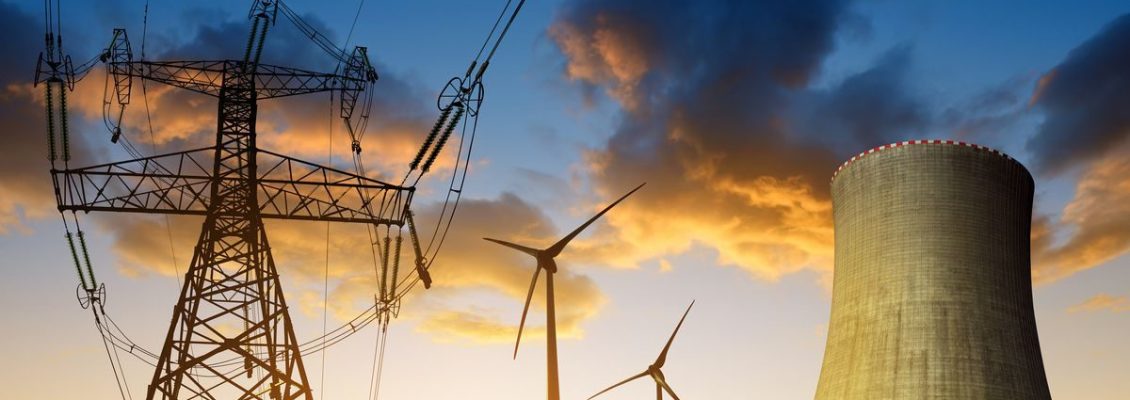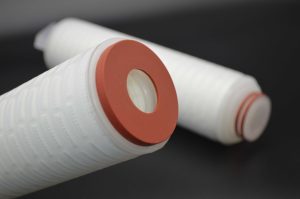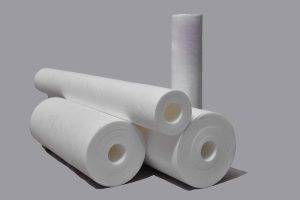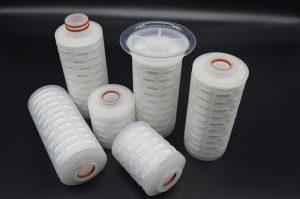Power Generation

Most of the electricity is generated by thermoelectric power plants that use fossil fuels (i.e. coal or natural gas) or nuclear fuel. The fuel is used to boil water to generate steam to turn turbines that generate electricity. Once the steam is used, it must be cooled.
Power generation and water consumption are linked together. As the demand for electricity increases, so does the demand for cooling water.
There are several sources for the cooling water, including:
l Cooling Tower
l Surface Water (River, Lake, Reservoir, Ocean) and Well Water
l City Water and Recycled Water
Once-through cooling is, by far, the most
common method. In once through cooling, water is pumped from a river, lake, reservoir or ocean and then returned directly back to the source. There are pros and cons to once-through cooling. The cons, such as water scarcity and thermal pollution are leading the industry to evaluate alternate cooling options.The use of recirculating cooling systems such as cooling towers, and the use of recycled water is increasing.
All cooling water requires filtration!
Cooling tower water, recycled water and surface water supplies can be contaminated by airborne debris, silt, sand, pollen, algae, and other suspended solids. All these water sources can also be contaminated with pipe scale and corrosion by-products. As the contaminants circulate through the system and deposit on the heat transfer surfaces, they cause a reduction in heat transfer efficiency and reduced power generation efficiency. When you lose heat transfer efficiency, then you need to pump more cooling water to realize the same cooling. The net effect of contamination is increased water consumption and reduced power generation efficiency.
Fouled piping and heat exchange surfaces
can result in:
l Higher Energy Costs
l Lower Productivity
l Increased Chemical Costs (in recirculating cooling systems)
l Higher Water Usage, and
l Increased Equipment and Infrastructure Maintenance.
Filtration of cooling water is often overlooked; but cleanliness of the cooling water can have significant impact on productivity and cost of power generation.
Related products
- ORIENTFILTR TECHNOLOGY CO.,LTD
- No. 688, Xingfu Road, Chongchuan District, Nantong, Jiangsu, China. 226007
- Email: info@orientfiltr.com
- Phone: 800-293-3858




